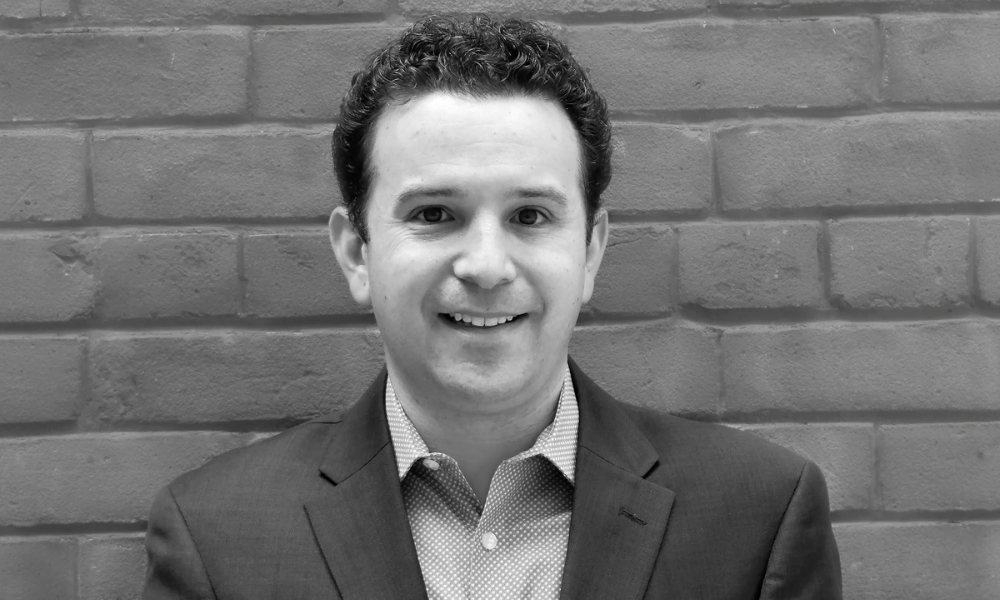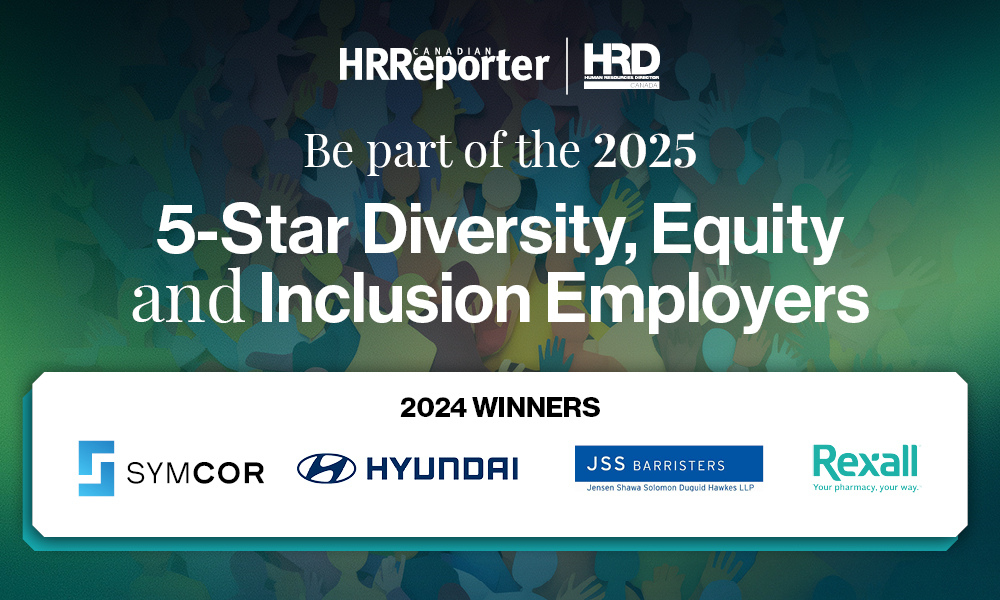Being happy a 'fleeting feeling', and not what employers should be aiming to give workers, says expert

No, employers should not aim for workers to feel happy at work all the time.
This is because happiness is “fleeting,” says Amy Shepley, president of organization performance company Birkman, in talking with Canadian HR Reporter.
“Happiness is temporary. If we only want to be happy, we're going to be disappointed a lot, because happiness is a fleeting feeling.”
Instead, employers should be focusing on what drives happiness in the workplace, which are purpose and connection, she says.
“There's really an increasing emphasis on not only employees – ‘Do I feel purpose and connection with the work that I'm doing?’ – but as employers, we need to put more energy into helping people figure that out and find that for themselves.”
While 92 per cent of CEOs view their HR professionals as empathetic, just 68 per cent of HR professionals view their CEO as empathetic, according to a previous report from Businessolver.
Sadness doesn’t equate to mental health problems
Happiness is a positive emotion that is associated with well-being and contentment, notes Matthew Jubelius, founder of Virtunurse, an online family walk-in clinic in Alberta.
“It has been shown to have a positive effect on mental health, including reducing the risk of depression and anxiety, improving self-esteem, and promoting resilience,” he says via LinkedIn.
But just because a worker is sad doesn’t automatically mean that they have mental health troubles, explains Shepley.
“When we're struggling at work, we don't have a purpose at work, and that's going to impact how we feel in our personal lives, and how much value we have, how happy we are, how content we are. And in the same way, when we feel really connected at work, and we are thriving in our job, we're going to go home and be a better version of ourselves for the people that are part of our personal life circle.”
These are all part of the “human experience,” she says.
“We're humans, and part of the human condition is experiencing feelings and those feelings can be sometimes we're happy, sometimes we're sad… I don't believe being sad means you have a mental health challenge. I think that means you're a human.”
Employers can help workers understand these feelings better by having conversations about them, says Shepley.
These dialogues are important in “helping people understand the difference between what's a feeling that's passing and fleeting, and who ‘I’ am and what is ‘Me’, and what is me having a certain experience that is not part of me,” she says, and the more that workers can put space in between those, the less that feeling sad impacts them because they know it’s temporary.
Nearly nine in 10 (87 per cent of employees believe that leaders who practice genuine empathy can positively influence employees' mental health and overall wellbeing, reports Ernst & Young (EY).
What drives happiness at work
How can you drive happiness in the workplace? Value workers for who they are, says Shepley.
“The fundamental need of every human is to feel understood,” she says.
Happy employees are more productive, innovative and receptive, one Canadian researcher previously said.
When humans truly understand themselves, it helps them realize that they are unique and “how they uniquely can contribute to the organization or to the team or to their role.
“And when that uniqueness is understood, recognized and valued by the organization, that's how you're going to create a workplace where people want to show up, they want to be their authentic selves, that's going to impact the whole mental health conversation.”
She notes that, as humans, “what we're seeking in the workplace is to know that [our] unique point of view is not only okay, but it's actually valued, and it's celebrated.”
However, employers can’t do it alone. Bringing happiness in the workplace must be a “two-party approach” that involves both the company and the workers, says Shepley.
And if workers are not going to step forward with their concerns, it would be up to employers to ask them questions, she notes, such as: “What are the things that you're doing right now that are really motivating? What areas do you feel really excited about the work that you're doing? How can I help you strategize how to find more of those opportunities?
“And then that even turns into a succession conversation. There's a difference between being good at a particular task or job, and actually thriving and enjoying it and feeling like you're contributing to a job,” says Shepley.




